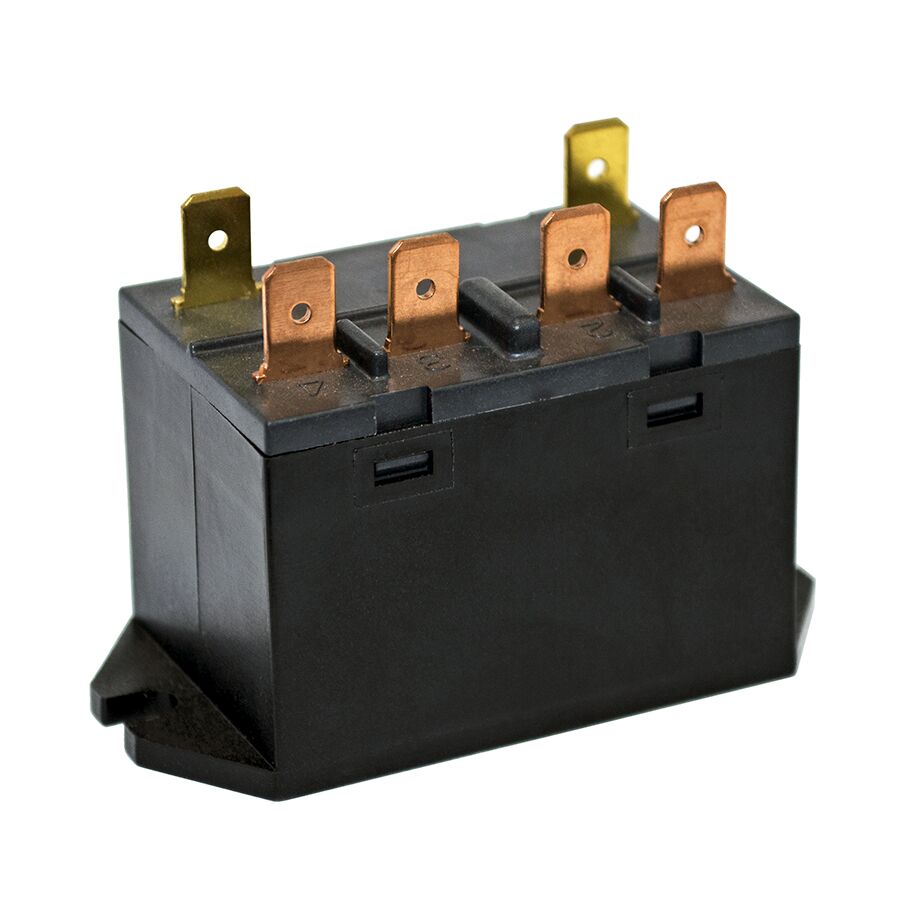When it comes to household maintenance and repairs, WD-40 is often hailed as a miracle product. Known primarily for its lubricating properties, many people wonder: Is WD-40 a good adhesive remover? This question is not just a matter of convenience; understanding the efficacy and safety of WD-40 as an adhesive remover can save time, money, and potential damage to surfaces. In this article, we will delve into the science behind WD-40, its effectiveness as an adhesive remover, and best practices for its use.
Understanding WD-40: Composition and Functionality
WD-40, which stands for Water Displacement, 40th formula, was originally developed in 1953 to protect missile parts from rust and corrosion. Its unique formulation includes a blend of hydrocarbons, mineral oil, and other proprietary ingredients. This combination allows WD-40 to penetrate rust, displace moisture, and provide lubrication. However, its versatility extends beyond these applications, leading many to experiment with it as an adhesive remover.
The Science of Adhesive Removal
Adhesives are designed to create strong bonds between surfaces, making removal a challenging task. The effectiveness of an adhesive remover often depends on the type of adhesive, the materials involved, and the method of application. Common adhesives include:
- PVA (Polyvinyl Acetate): Often found in white glue and school glue.
- Epoxy: A two-part adhesive known for its strength.
- Super Glue (Cyanoacrylate): A fast-setting adhesive that forms a strong bond.
Each type of adhesive has its own chemical composition, which affects how it reacts to solvents and removers.
Is WD-40 Effective for Adhesive Removal?
WD-40 can be effective in removing certain types of adhesives, particularly those that are not overly strong or have not fully cured. Here’s how it works:
- Penetration: The solvent properties of WD-40 allow it to penetrate the adhesive layer, breaking down the bond between the adhesive and the surface.
- Lubrication: As it penetrates, WD-40 provides lubrication, which can help in lifting the adhesive away from the surface.
- Residue Removal: After the adhesive bond is broken, WD-40 can help dissolve any remaining residue, making it easier to wipe away.
Best Practices for Using WD-40 as an Adhesive Remover
While WD-40 can be effective, there are best practices to ensure optimal results and minimize potential damage:
- Test on a Small Area: Before applying WD-40 to a large surface, test it on a small, inconspicuous area to ensure it does not damage the material.
- Apply Generously: Spray WD-40 directly onto the adhesive and allow it to sit for several minutes. This gives the product time to penetrate and break down the adhesive.
- Use a Scraper or Cloth: After allowing it to sit, use a plastic scraper or a soft cloth to gently lift the adhesive away. Avoid using metal tools that could scratch the surface.
- Clean the Surface: Once the adhesive is removed, clean the area with soap and water to remove any WD-40 residue, which can attract dirt and grime.
Limitations of WD-40 as an Adhesive Remover
While WD-40 can be effective for certain adhesives, it is not a universal solution. Here are some limitations to consider:
- Not Suitable for All Adhesives: WD-40 may struggle with stronger adhesives like epoxy or cyanoacrylate, which may require specialized solvents.
- Potential Surface Damage: Some surfaces, particularly plastics and painted finishes, may be adversely affected by WD-40. Always conduct a patch test first.
- Odor and Residue: WD-40 has a distinct smell and can leave an oily residue, which may require additional cleaning.
Alternatives to WD-40 for Adhesive Removal
If WD-40 does not yield the desired results, consider these alternatives:
- Acetone: Effective for removing super glue and other strong adhesives, but it can damage certain surfaces.
- Isopropyl Alcohol: A gentler option that works well on many adhesives without damaging most surfaces.
- Commercial Adhesive Removers: Formulated specifically for adhesive removal, these products often provide targeted solutions for various types of adhesives.
Conclusion
In summary, WD-40 can be a useful tool for removing certain types of adhesives, particularly those that are less robust. Its ability to penetrate and lubricate makes it a viable option for many household adhesive challenges. However, it is essential to understand its limitations and to use it judiciously to avoid potential damage to surfaces. For tougher adhesives, consider exploring specialized products designed for adhesive removal. By following best practices and being aware of alternatives, you can effectively tackle adhesive removal tasks with confidence.

